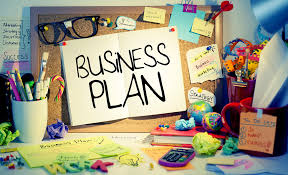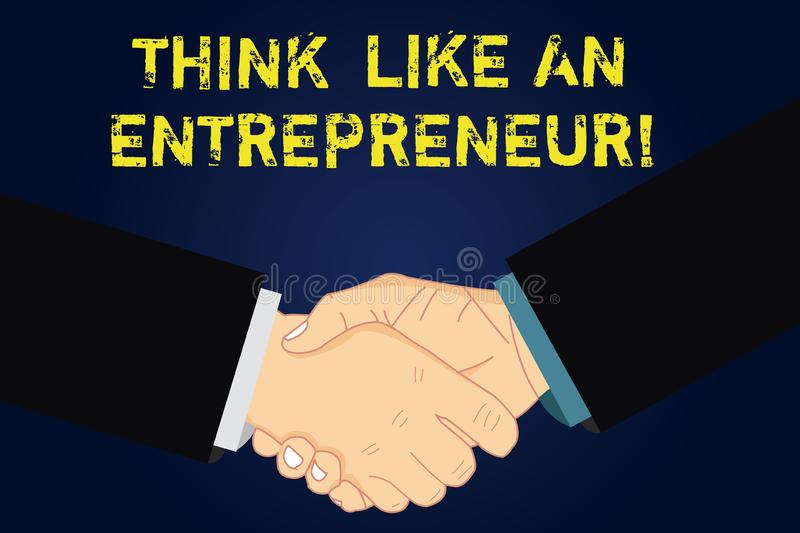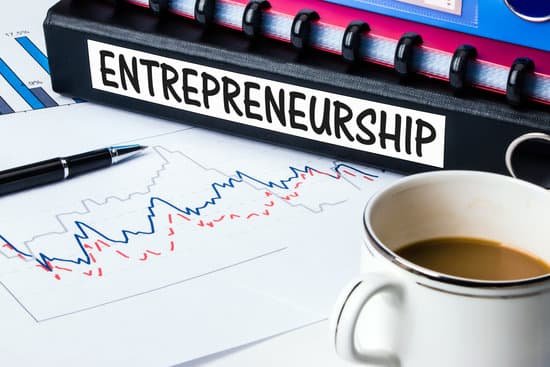How to Create a Business That Runs Without You
Once they reach a certain level, business owners can get pretty cocky. Sure of themselves and their ability, they start to believe they are invincible.
That’s how I felt in January of 2020.
For nine years, I’d been running JC Social Media, a social media agency I started in 2011, fresh out of university with nothing but a big smile and a business plan of two words: get clients.
Chapter One: Build a Business
The first three years were everything a new business should be. It was a busy, confusing, and exciting rollercoaster of establishing myself, winning clients, building a reputation and hiring a team.
In 2014, I saw an article I’d been quoted in a few years earlier. Answering the question: “Why did you start your own business?” I’d said:
“…to avoid being tied down to a specific geographical location as I love to travel.”
Since writing that answer, I hadn’t traveled. I hadn’t taken any time off at all. Not only had I not left my home country of the United Kingdom, I had built a team there.
Instead of my aspirations to work from wherever in the world I happened to be, I was commuting into an office 9–5, going to the gym before work and being available for the team and clients 24/7.
I was responsible for sales, networking, admin, recruitment, managing the team, signing off their work and speaking to every client. I didn’t know how to let go of anything, so I did all of it. I was trapped inside a prison of my own making.
Not only that, I was thinking too small. As the company was UK-centric, we didn’t have international clients. We worked mainly with sole traders and small companies, with no idea how to get those big clients we knew were out there.
Something had to change.
Having the dependency of a team and being dependent on my business wasn’t the plan I’d had in mind starting out.
Growing up, I was thrown into the deep end at every opportunity. As soon as I could talk, it was up to me to book my doctor and dentist appointments. From age 6, I was packing my own suitcase for trips. My corporate power woman mum and dealer principal dad were perfect role models: assertive, intelligent, with a beautiful knack for seeing the funny side and not taking themselves too seriously.
Throwing myself in at the deep end was the way to make the change. I grabbed my boyfriend (now husband), and we booked two tickets to Australia for a five-week trip that started three months from that date. We giggled nervously as we paid the travel agent.
In hindsight, I don’t know why we didn’t book them online. At the time, I didn’t know if the trip would be possible.
I had to get my business to a sustainable place where it ran without so much of my involvement, or else I wasn’t sure I wanted to do it at all.
Chapter Two: Systemize the Business
Systemizing the business started with a simple spreadsheet and four important columns.
- The name of the process (everything that happened in the agency)?
- Who did it now (for most of these, the answer was me)?
- Who would do it in the future (a specific person, a new role or a supplier)?
- When would the change happen, and what needed to be done?
This spreadsheet was our ticket out of there. Starting with the easiest things to tackle, I started handing over elements of my role to my team and bringing new resources in. I was training them in detail, and together, we created an SOP for what they would be doing. I worked through all the rows until only a few had my name next to them.
With a quiet confidence that it was going to be fine, I got on the plane. Five weeks later, there were no fires, no complaints, no lost clients. If anything, the team performed better. They didn’t have me watching over them; they were free to be resourceful, solve challenges with their own thinking and prove what they could do.
That first trip sparked five years of a hybrid business/travel life. We would have a month away every quarter and live, train, and work in a different city around the world. The lifestyle business was in full swing, and it could have gone on forever.
January 2020 was the height of my self-confidence as the owner of that business. I was returning from five weeks in Miami and Hawaii, ready for a year of awesome trips away and enjoying agency life when I returned. The team was the strongest it had ever been, and we were signing clients who were being very well looked after.
We had exceptional heads of client services and operations managers in place, and clients loved the team leaders.
It was perfect.
Then, a few months later, COVID hit.
Chapter Three: What the Hell Is Going On?
In March 2020, we shrank by 25% in one week. Our clients in hospitality, events and travel had suffered badly due to COVID-19. The knock-on effects had now landed at our feet.
We had all these SOPs, but there was no SOP for a global pandemic. I got back involved on a whole new level. Along with the team, now all working from home, I made a plan, and we all paddled furiously to get back on track.
As it transpired, despite having the worst Q2 for four years, by the end of 2020, the agency had not only recovered to pre-COVID revenues but had grown further by 20%. The strength of the team, its ideas, and its work when faced with a crisis was tremendous. After a scary shock to the system, we adapted like crazy and became superhuman.
By the end of 2020, I realized my team was capable of more. It was a performance team. The problem was I didn’t know if I was the leader to drive the next phase. I didn’t know if I wanted to be. My day-to-day involvement in the agency was small since the exceptional people within it had stepped up. What were they capable of?
I work a lot, but I work on other things. I write books and articles, and I train every day as a competitive powerlifter. I loved owning an agency. It ticked along nicely and suited me perfectly, but it wouldn’t suit everyone else forever.
I realized I had become the ceiling.
My ambition for progress would dictate everyone else’s by default. If things stayed as they were, the company would only go as far as I would take it. But I knew that driving my agency to the next level would need more focus and less of the other work I’d started to love.
I was running a swollen lifestyle business with a performance team.
It was time to sell.
Chapter Four: Sell the Business
I started working with an M&A specialist who introduced me to big agencies with whom I had chemistry meetings, some of which were really exciting. After meetings two and three, a number of them put in offers, which I thought seriously about.
It was brilliant that we were in demand, but I wasn’t in any rush. I was ready to go but happy to stay — my priority was doing this right, not quickly.
Lessons Learned
Reflecting on ten years of running an agency, with a startup phase, a lifestyle phase, a massive shock and a final growth phase before selling, here are the main lessons learned and what I’d do differently next time:
1. You can only play one game well
I flitted between the artist game, performance game, lifestyle game and build-to-sell game throughout the decade. Picking one and sticking to it is a better strategy for your energy, team and state of mind.
2. Niche down for faster growth
When I started this agency, social media was the niche. It was fairly new in 2011, and we could win clients in all industries and do general social media work. Soon after, however, specializing would have secured faster growth. It would have led to us becoming known for a specific industry or type of work.
3. Take recruitment seriously
During the middle years, I didn’t put the right person in charge of recruitment. She hired people because they were outgoing and friendly or a mate of a current team member. I took my eye off the ball with vetting and scrutinizing who joined the team, and it was by far my biggest mistake.
4. Don’t make exceptions
Every time the business ran smoothly and clients were happy, it was because we took them through the process that we knew was effective. Whenever there were bottlenecks or something not going right, it was because we’d made concessions, agreed to an exception or taken something case-by-case. It’s difficult to say no, but it always worked out better.
5. Build your personal brand
It’s a myth that building a personal brand means your business is reliant on you. I found that it made my business less reliant on me. How so? Not only did it win us more work, but clients and team members didn’t expect me to be around. My incredibly capable team members were free to show what they could do.
Source: entrepreneurshiphandbook




